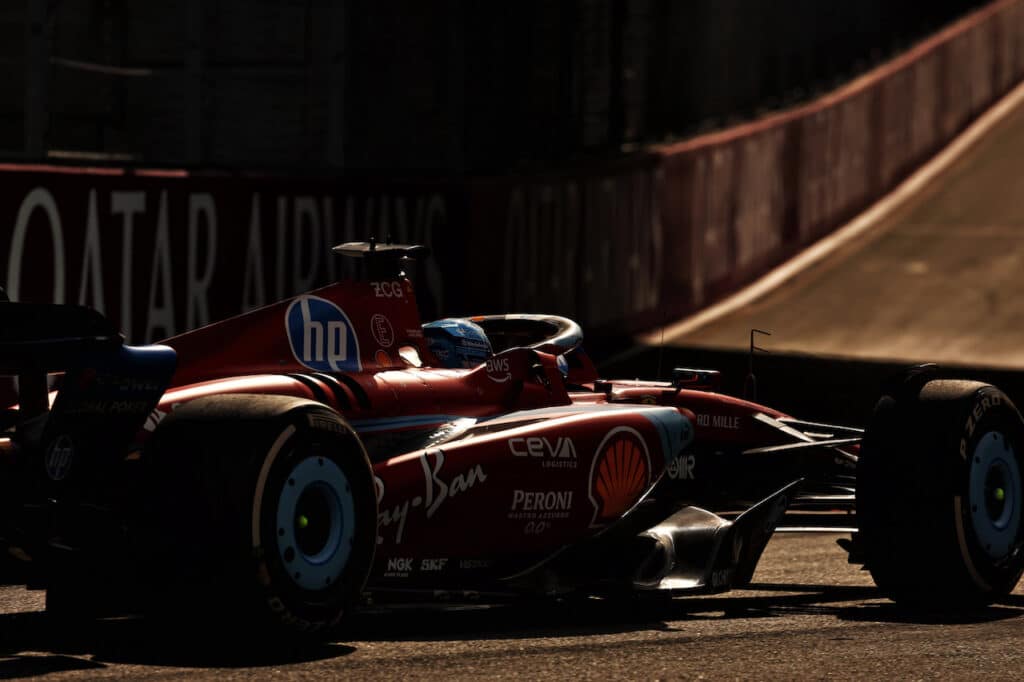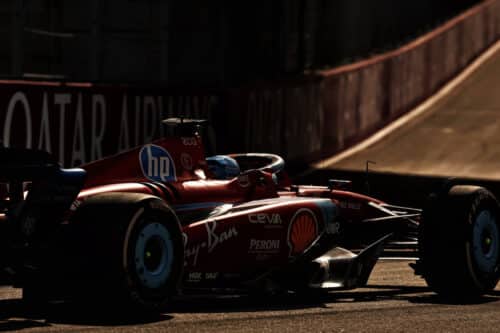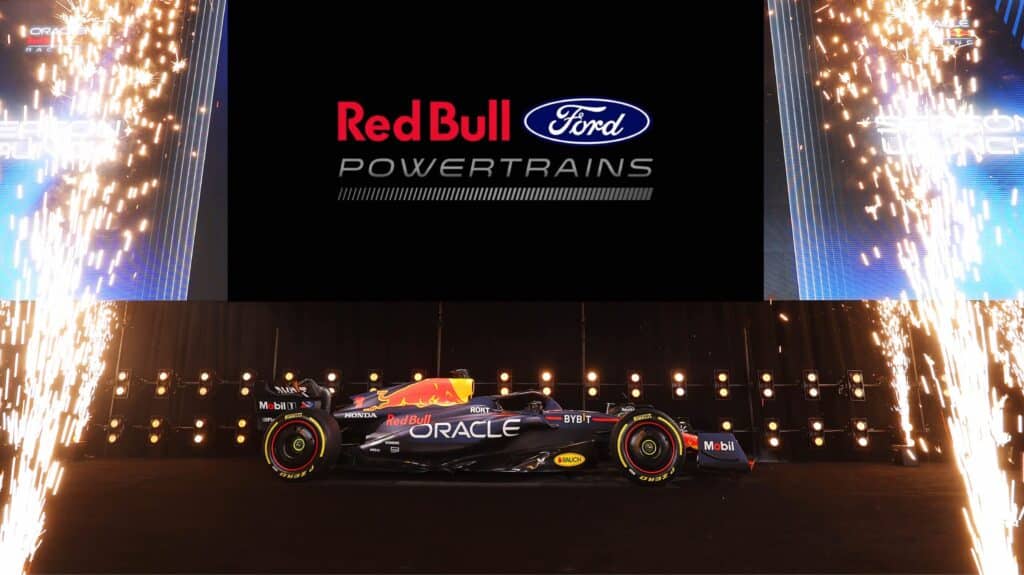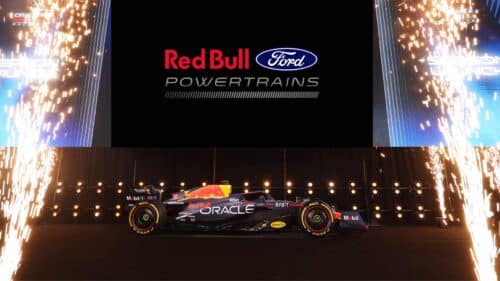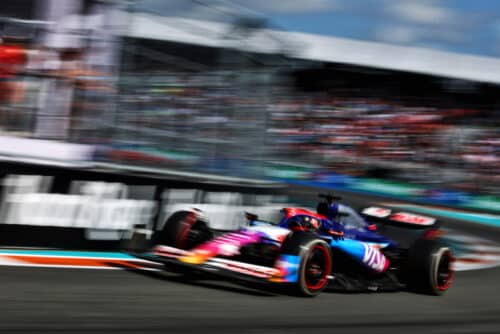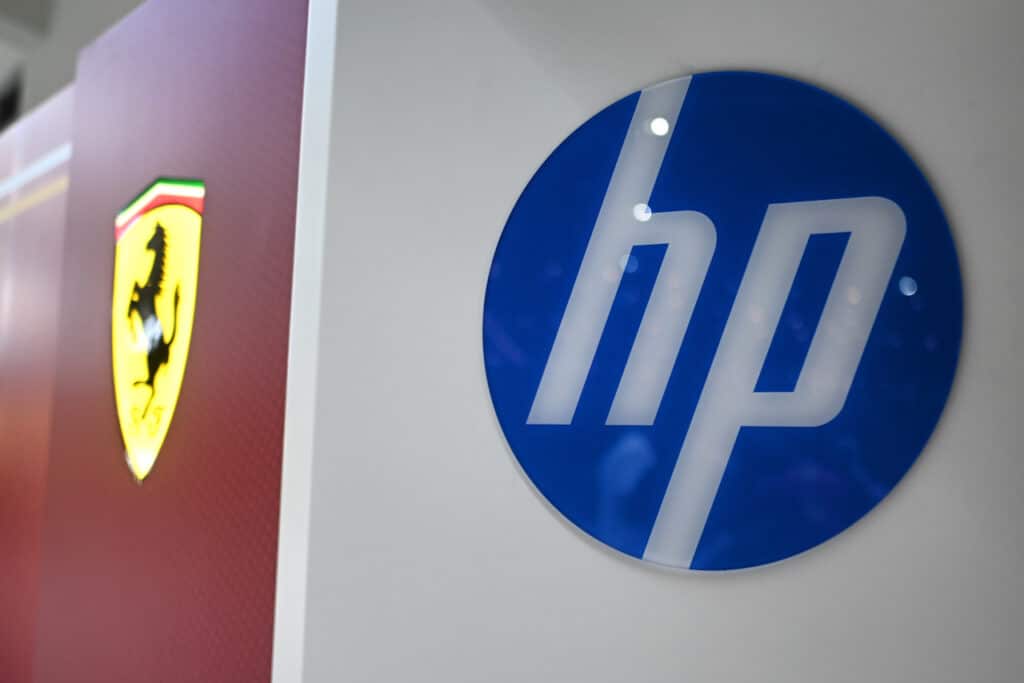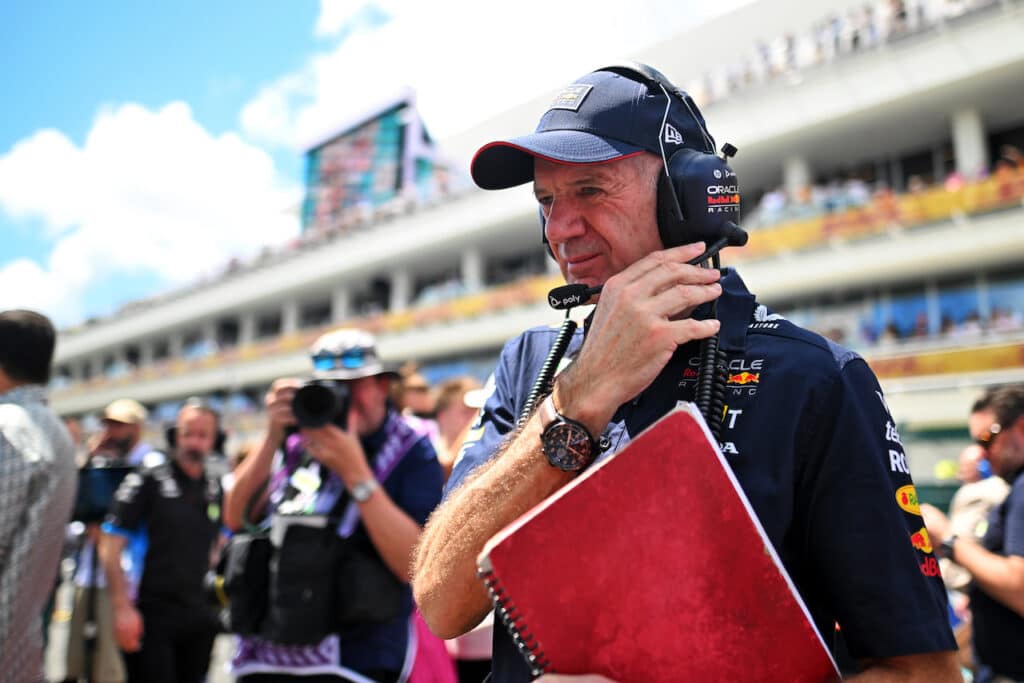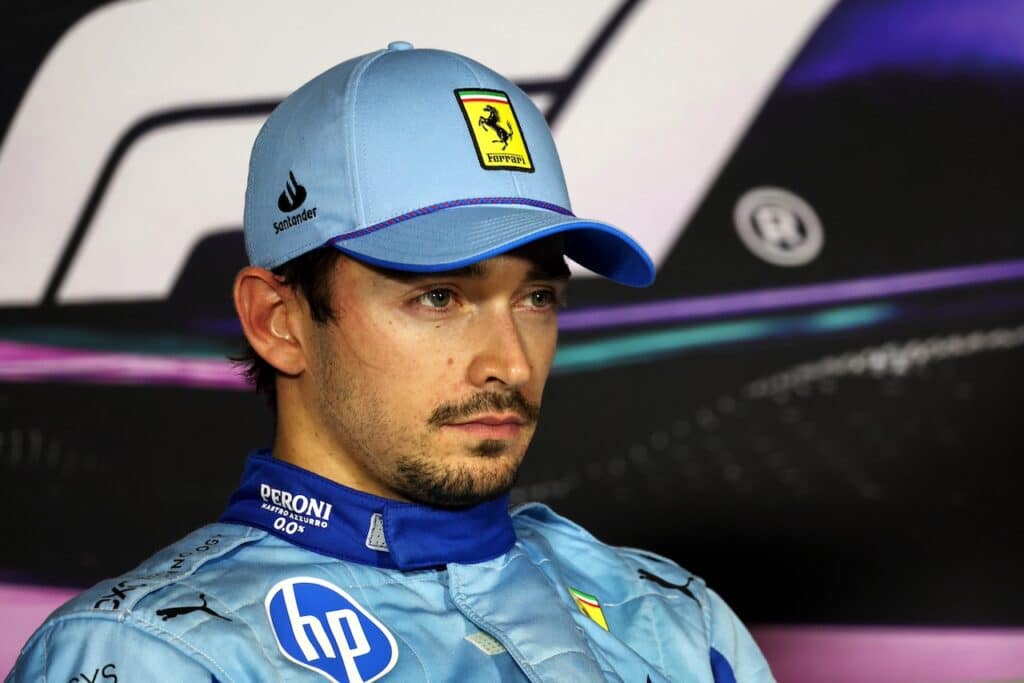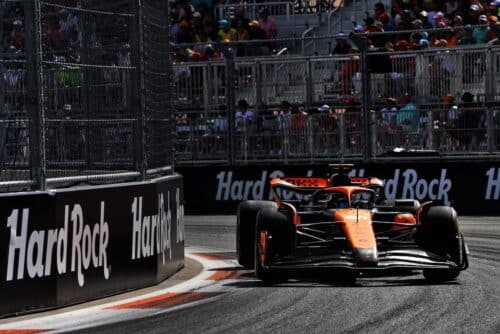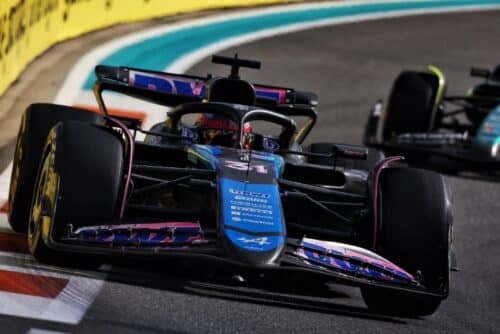Pirelli: The Abu Dhabi Grand Prix from a tire point of view
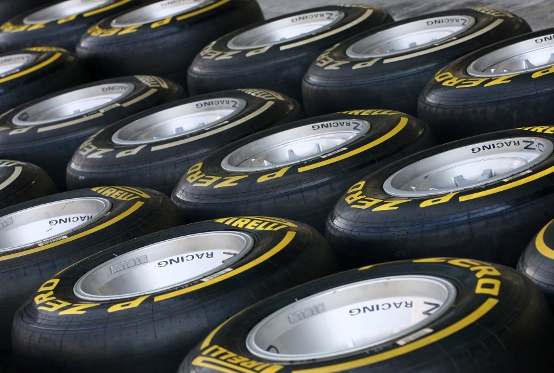
The penultimate round of this year's Formula One World Championship at the Yas Marina circuit presents a unique challenge for tyres. The 55 laps of the race, for a total of 305,355 kilometres, take place from sunset to night, with track temperatures tending to drop and then stabilise. This affects the performance of the tires in terms of pace, degradation and consumption, which are different at the end of the race compared to the beginning. Here are some key takeaways from the Abu Dhabi Circuit from a tire perspective.
The circuit
The first curve marks the beginning of a mixed section. The single-seater is subject to a transverse acceleration of 4G, compensated by the supporting tires which guarantee grip and maximum road holding at a speed of 250 km/h.
On the longest straight of the lap, the chassis is stressed by the high speeds reached, with the accelerator wide open for around 15 seconds. The aerodynamic load generates a thrust of 800 kilograms, entirely absorbed by the carcass which must also best manage all the roughness and imperfections of the surface.
At Turn 11, the cars slow from 300 to 90 km/h in 110 metres, with 5G deceleration, then the drivers tackle a slow series of them, where they must drive with maximum precision.
The final sector of the lap requires optimal balance of the car. A sequence of curves progressively raises the surface temperature of the tread. The maximum values can reach 130° degrees centigrade, but the tires must still ensure maximum levels of grip, durability and car control, essential factors for the asphalt of Abu Dhabi.
if you want to always be updated on our news
Follow us here
